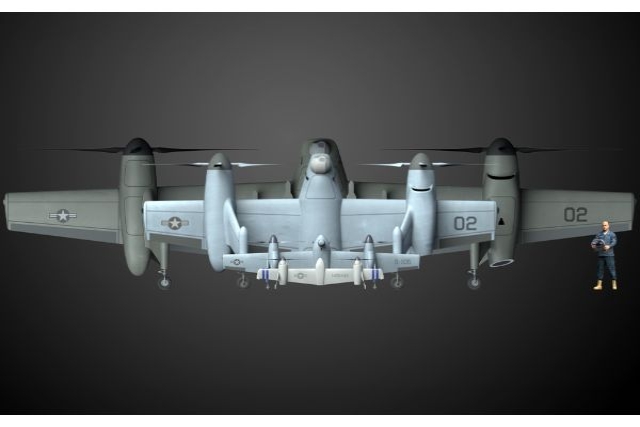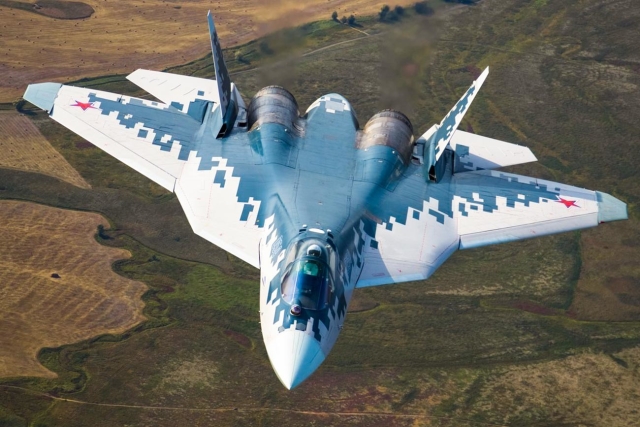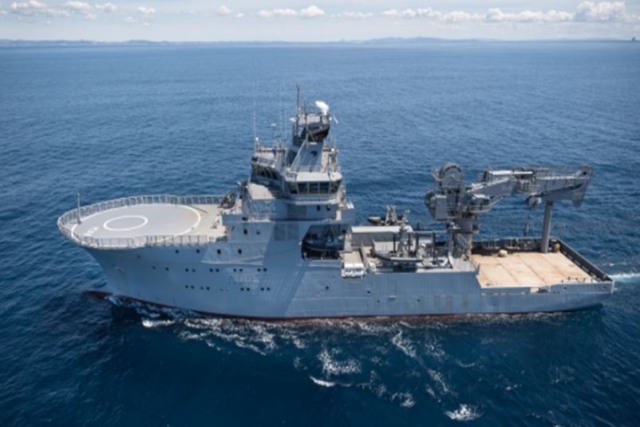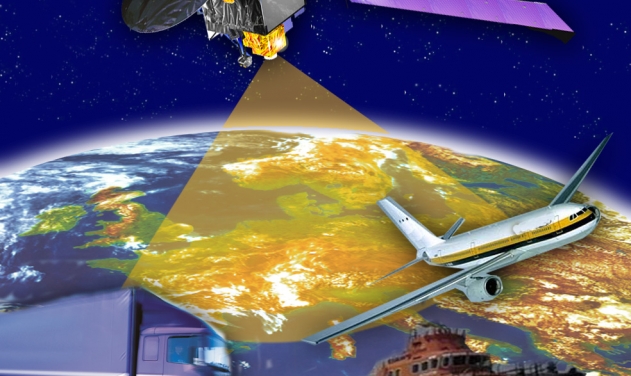Thales Demos Remote Underwater Vehicle's Mine Neutralization in MMCM Program

Thales has effectively demonstrated the remotely operated underwater vehicle's mine neutralization capability, marking the successful completion of its mine countermeasures system.
The first two prototype Maritime Mine Countermeasures (MMCM) systems were delivered incrementally following at-sea qualification in conditions up to and including sea state 41. Since the end of 2021, the Navies have been conducting operational evaluations, and will take delivery of the six series-produced systems in 2024 and 2025.
As prime contractor and lead systems integrator on the MMCM programme, and working with an extensive network of partners, Thales has further consolidated its global leadership in drone-based mine countermeasures.
The successful trials represent the latest milestone on the programme. Conducted with representatives of the French Navy, the French defence procurement agency, the Royal Navy, the UK Ministry of Defence and OCCAr, the sea trials demonstrated the system's ability to relocate and identify sea mines, and the remotely operated underwater vehicle successfully installed exercise charges on a bottom mine and a moored mine2 so that the neutralization cycle could be completed. The demonstrations were conducted in realistic conditions at sea, with the Thales operations centre in Brest controlling the systems remotely and performing the functions of the Portable Operation Centre (POC) with the support of personnel from the Marine nationale.
This technology promises to redefine the mine countermeasures concept of operations by ensuring that naval personnel remain outside the mine danger area. Human operators rely on advanced systems to detect, classify, locate, identify and neutralise mine threats. A latest-generation processing and visualisation system powered by artificial intelligence algorithms performs real-time (in-stride) and/or post-mission analysis of the sonar data.
Integration of the first series-produced subsystems within the overall system of systems has begun at the Brest site, with delivery to the Navies scheduled for early 2024. These subsystems include uncrewed surface vehicles deploying either the TSAM towed array sonar or the remotely operated underwater vehicle (ROV) for mine identification and neutralisation. Mission preparation, monitoring, control and evaluation are conducted by operators in the Portable Operation Centre (POC) or the Shore Operation Centre (SOC).









